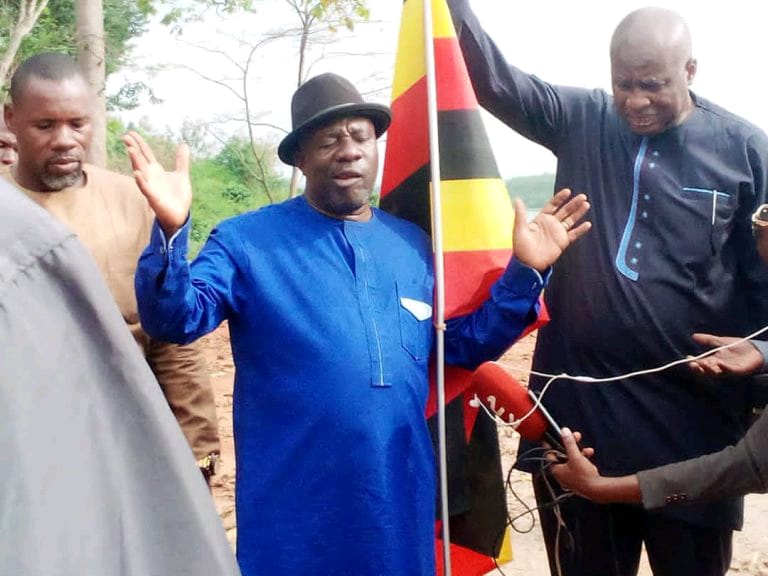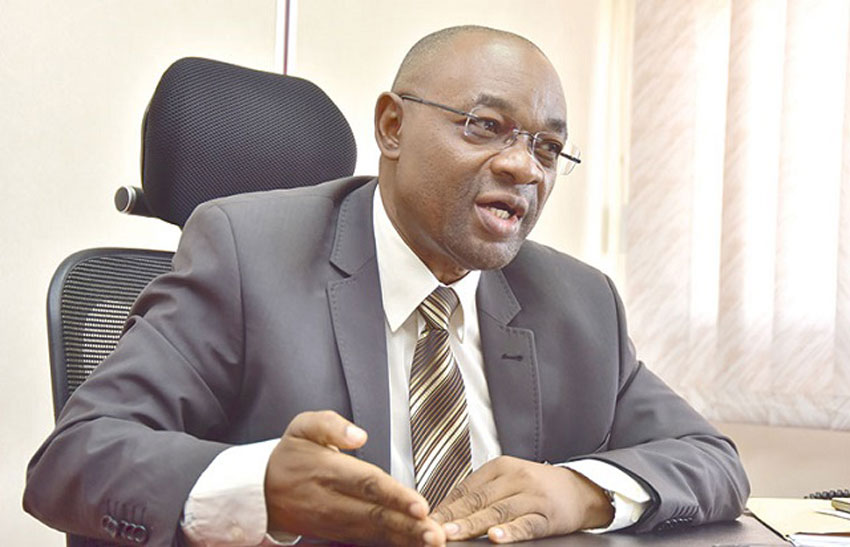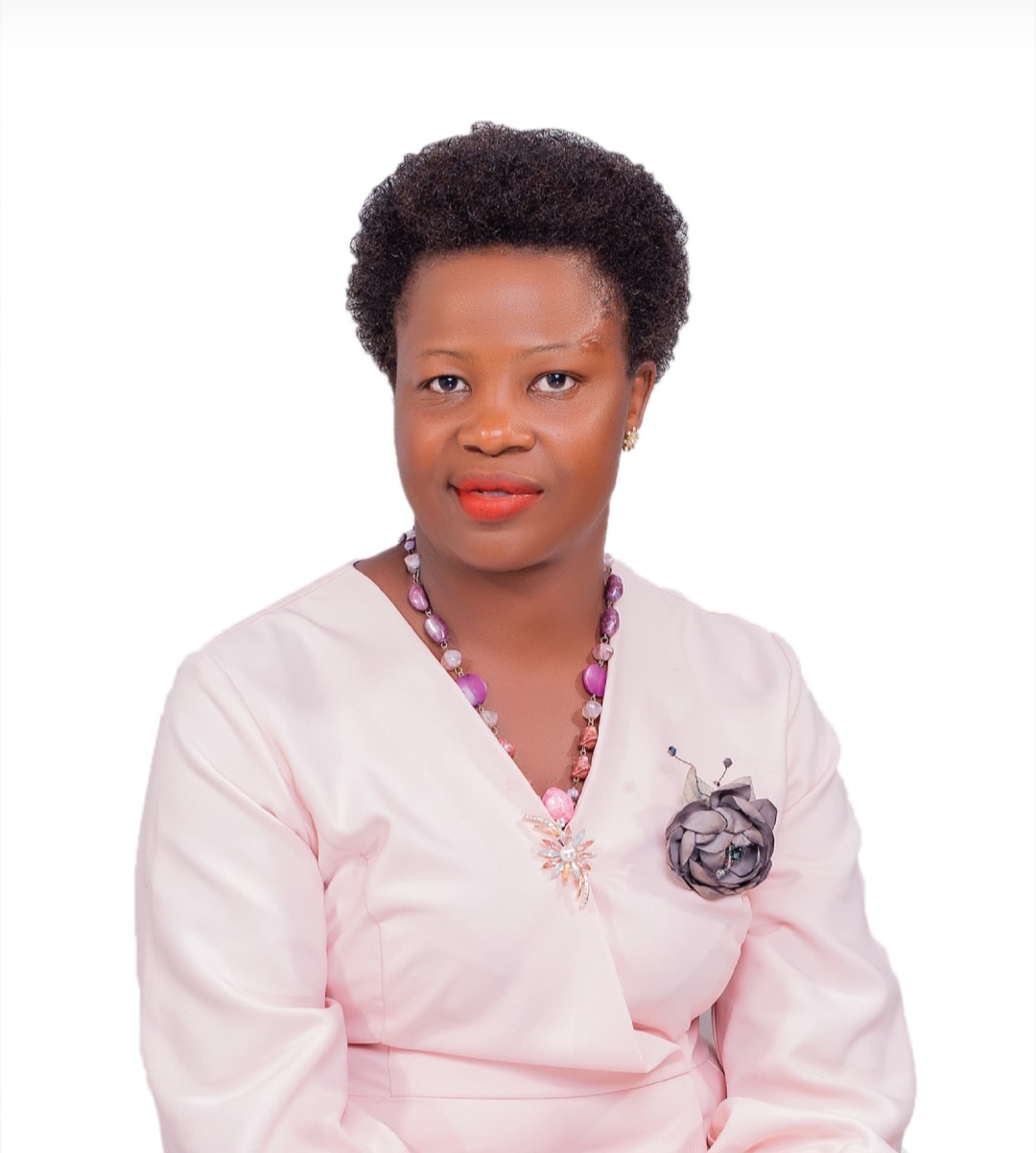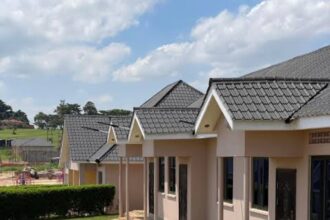Recent UBOS figures placed Busoga sub-region among the poorest areas in the country yet save for the 1987 Alice Lakwena Holy Spirit insurgency that ravaged some parts of Busoga, the place has been peaceful to-date.
In this serialized publication dubbed “Why Busoga Should Embrace Oil Palm Growing”, we intend to highlight how this new Cash Crop in Busoga and the surrounding areas is the way to go.The continuous publication will disclose the benefits of Oil Palm Growing.
Oil palm production requires specific climatic conditions (well distributed, high rainfall of a minimum of 1,800 mm and high temperatures of 17-290 C). These conditions are widely found in Busoga in the identified Districts of Mayuge, Namayingo and Bugiri in addition to land being available.
It is also in Busoga where majority of the sugar factories are based to wit Kakira Sugar Limited in Jinja, Mayuge Sugar Industries Limited in Mayuge, Allied Sugar Industries in Kaliro, Kamuli Sugar in Kamuli, Bugiri Sugar in Bugiri District, Buyende Sugar in Buyende District, GM Sugar across the Nile among others. One would anticipate that all these investments could be an economic game changer in the sub-region but the reverse is true.
Save for enriching their Chief Executive Officers as they economically impoverish our people as they rush to hire out their overused land to middlemen who turn out to grow the cane. Our struggling cane growers at the end of it all get peanuts from their land courtesy of quicker money from the go-betweens or call them middlemen. All combined, its only the CEOs and go-betweens ripping our farmers apart generally.
It’s on record that Busoga used to be independent with their serious involvement in perennial cash crops like coffee and cotton where ginneries in Bulumba, Luuka, Namulesa among others were visible and enabled her people to get to the money economy. During the late Owek.Hon.Mathias Ngobi’s era, the people of Busoga benefited from coffee and cotton by taking their children to good schools and would hobnob with kids from the ‘A’ class which is no longer the case currently.
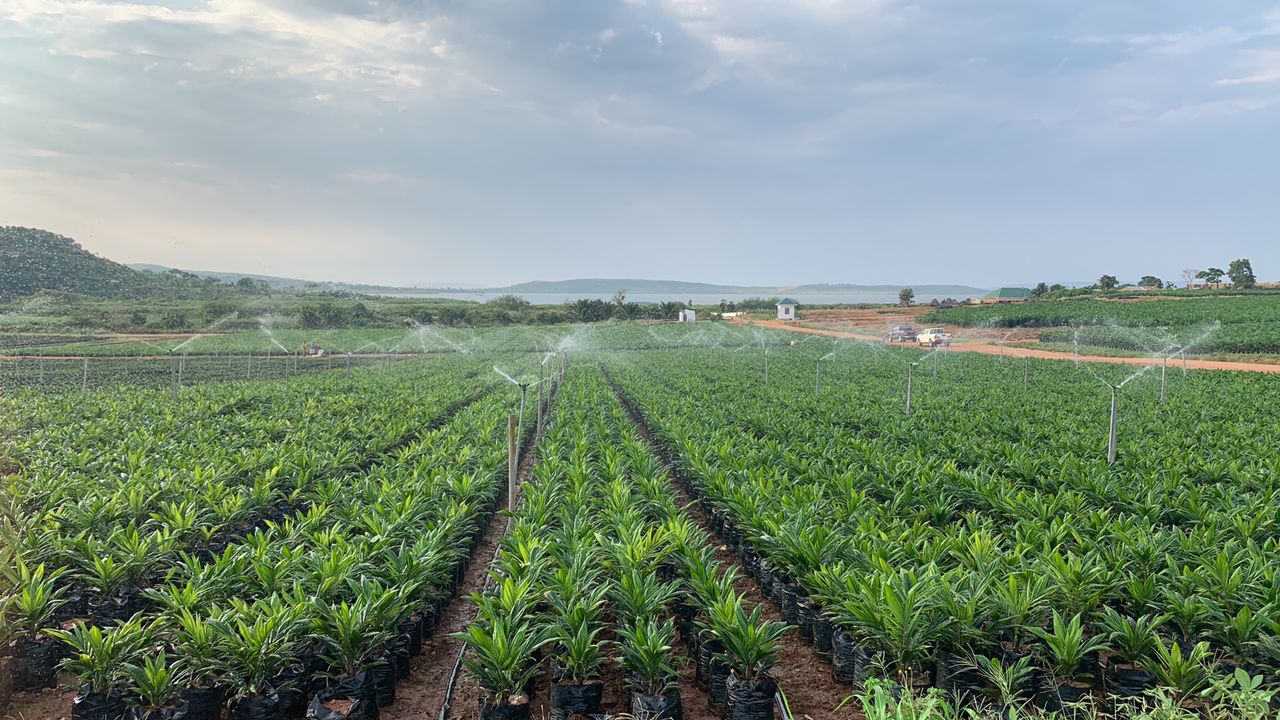
Because of this economic boom, Busoga managed to extend a helping hand to foreign countries. Sugar cane growing was for Asians majorly who even went ahead to hire foreigners for labor.
Busoga needs to rebrand to be able to compete economically. It’s people must be flexible enough to realize this much needed transformation. Rigidity will not take them anywhere if there is any.
There has been a lot of litmus testing in the sub-region as regards cash crops from Moringa, Vanilla to mention but a few but the end results have always been regrets…Ngooli namanha Ava-inhuma.
The people of Busoga embraced sugar cane growing with a lot of heightened expectations and they went into it full throttle with majority taking loans from commercial banks, Microfinance Support Center but the more farmers joined cane growing thereby caring less about growing food for home consumption the lesser demand for their cash crops.
Sugar cane growing in Busoga is like a curse. People had become so addicted to growing Sugar cane that they could not see any alternative crop to cane growing.
First from encountering challenges in having an agronomist go to supervise one’s garden to finding challenges of acquiring permits that would enable one supply the cane to where he/she registered as an out-grower.
Farmers thought this was due to the way lending was being executed. Farmers have since realized that the best way to invest right now at least with in Busoga for example is towards value addition mostly in Agriculture processing. This has a long term back and forward production linkages that can trigger production, processing and marketing hence improve on the social economic status of the communities. This grows the people’s purchasing power and helps create reasonable incomes to enable loan repayments.
With this grim scenario at play, President Museveni on Saturday 29th October, 2022 while presiding over the annual Bishop Hannington Celebrations got concerned and rallied the people of Busoga to embrace and support Oil Palm growing as an alternative to Sugar Cane. The President wondered how his ardent supporters could afford life that was punctuated by poverty. Prior to the President’s observation, no one had been brave enough to pose such a question.
In his wise counsel, the Fountain of Honor asserts that Busoga has what it takes to embrace Oil Palm given its strategic location being a peninsular-the area is surrounded by water like Source of the Nile, Lake Victoria, Lake Kyoga among others and that from expert information available before him, the people of Busoga ought to accept that economic development is the only way forward but also to ensure that they are flexible in terms of taking on new enterprises.According to the President, Oil Palm Growing is the most appropriate crop to register the much needed transformation economically for the people of Busoga.
According to Anthony Nkwasibwe, Operations Manager at the National Oil Palm Project, Busoga stands to benefit from this newly introduced crop in their area.
“Truth be told Oil Palm is the way to go. It has a serious return on investment just 3-4 years of proper management and a farmer can profiteer from this crop for over 20 years. I therefore encourage the people of Busoga with big chunks of land to journey with us in our auxiliary efforts to promote oil palm growing”, he revealed noting that the sub-region stands higher chances of changing its people given its favorable conditions and factors that it has.
On his part, Chit Pit Te, the Plantation Manager at Oil Palm Buvuma Limited asserts that Oil Palm is extremely important for the people of Uganda given the mere fact that the total requirement for the entire country is 550000 tons yet production is yet to realize the same.
“Uganda boosts of a favorable environment that is good for Oil Palm growing. Our goal is to help government realize it’s much desired wish of increased palm oil production and we are ready to do so because we are the largest oil producer in the world”, he revealed noting that their establishments wherever they are come with benefits attached to them in terms of corporate social responsibility addressing community concerns tops there to do list. Chin asserts that for the start even if only 10% of the area residents get involved in the project, this will be a good beginning generally as the rest shall join gradually.
Do you have a story in your community or an opinion to share with us: Email us at Submit an Article




